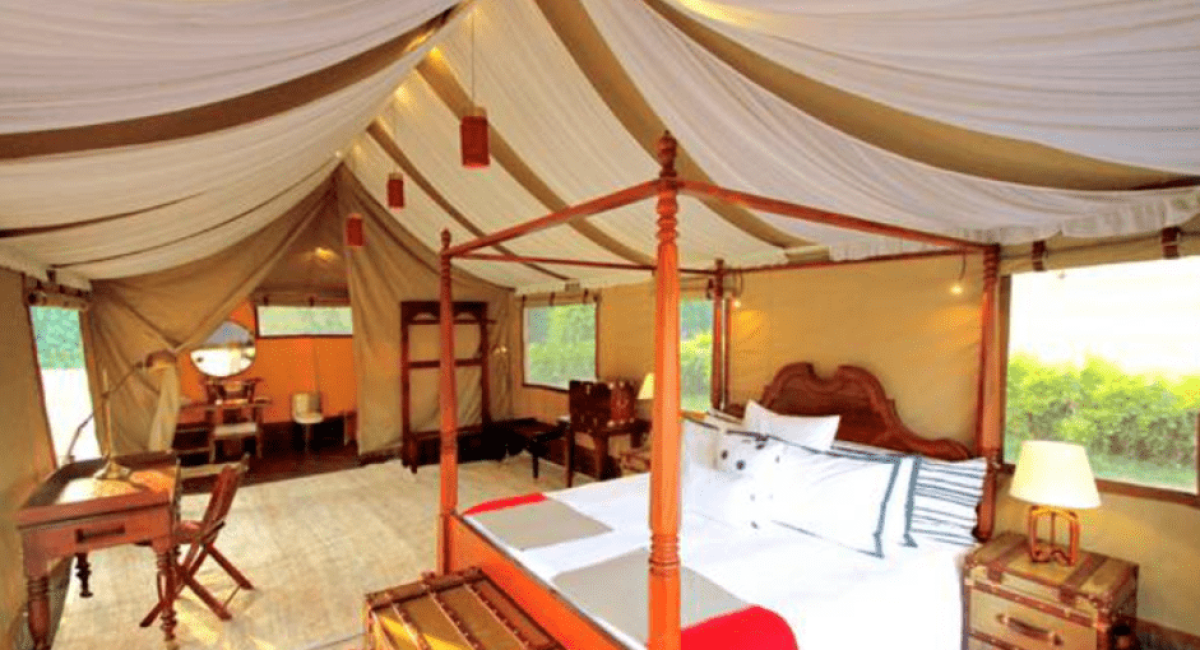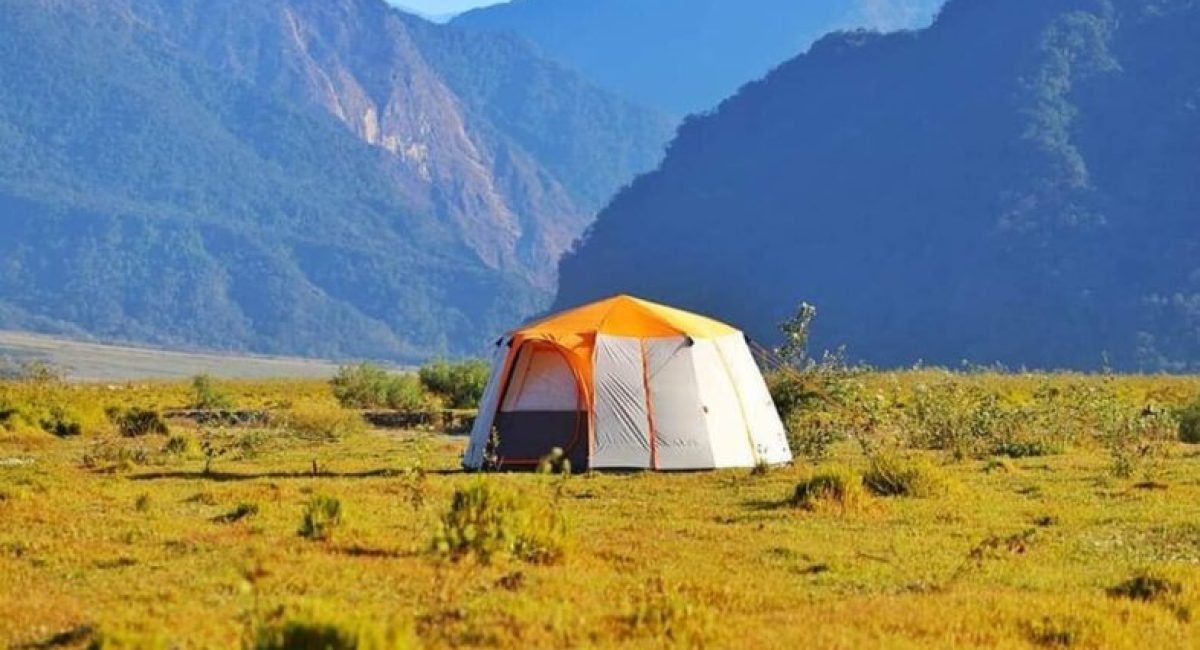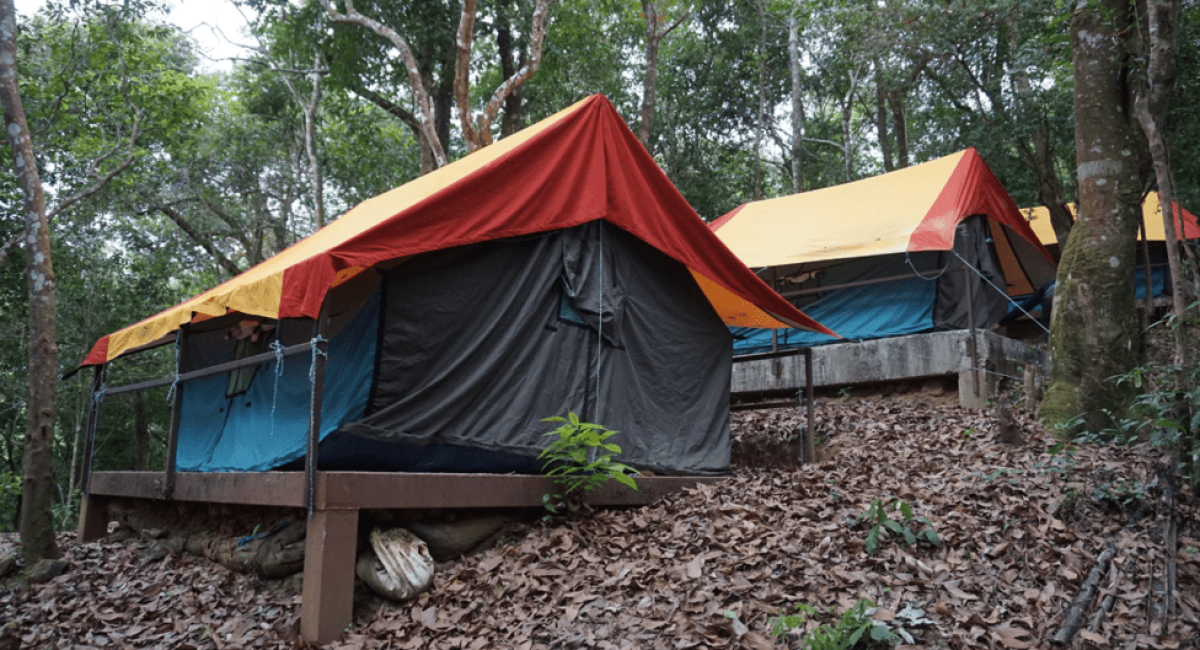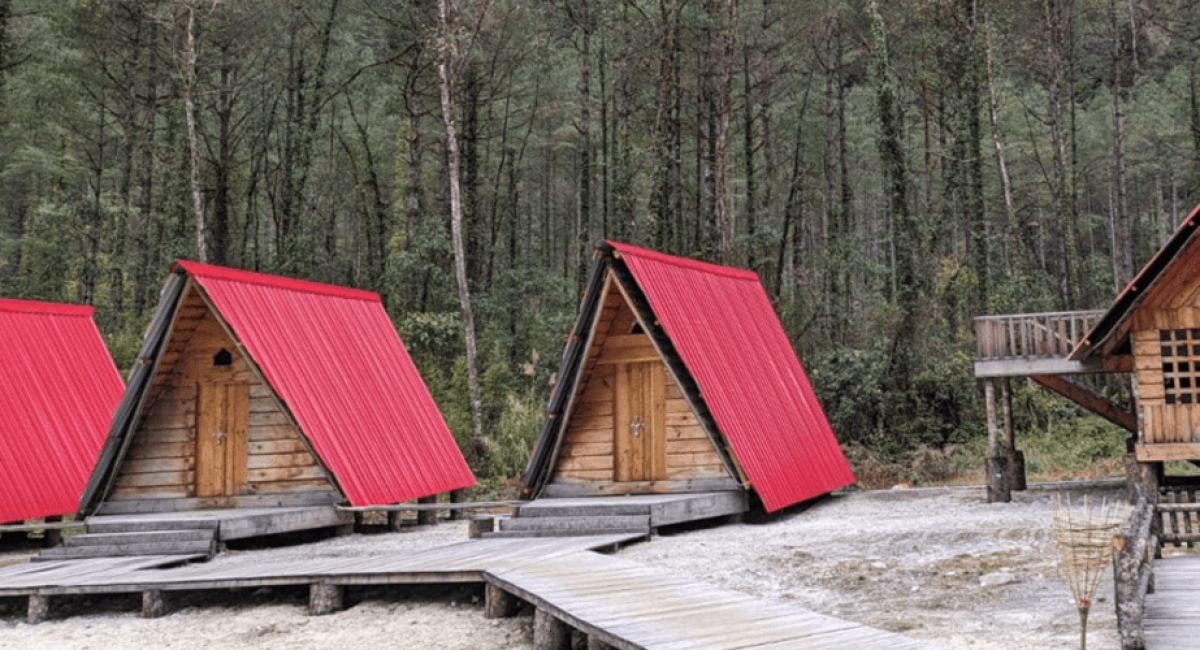Unlocking the Earning Potential: How Much Do Glamping Owners Profit in Assam?
Glamping in “Awesome Assam” represents a unique fusion of luxury and nature. Moreover, it offering travelers an opportunity to experience the breathtaking landscapes of Northeast India without sacrificing comfort. Assam is nestled in a region renowned for its rich biodiversity, lush tea plantations, and vibrant cultural heritage. Therefore, Assam provides the perfect backdrop for upscale camping experiences. Its Glamping site has diverse accommodation options ranging from safari tents to eco-friendly lodges. Hence, glamping sites in Assam cater to those seeking adventure and relaxation alike. Travelers can indulge in exciting activities such as wildlife safaris, kayaking trekking while enjoying the distinctive flavors of local cuisine. As tourist interest in sustainable tourism continues to grow, glamping has emerged as a popular choice. Considering, eco-conscious tourists eager to explore the natural beauty and cultural richness Assam can fulfill desires of tourists.

By Admin
Glamping, a luxurious and sustainable form of camping, has emerged as a lucrative niche within the tourism industry. Assam, with its stunning landscapes, diverse wildlife, and rich cultural heritage, presents a particularly promising market for glamping businesses. This article delves into the factors influencing the profitability of glamping ventures in Assam, exploring key considerations, revenue streams, and potential returns.
Profitability Factors
Several factors contribute to the profitability of a glamping business in Assam:
Location: Strategic location near popular tourist attractions, such as Kaziranga National Park or Majuli Island, can significantly impact customer traffic and revenue.
Unique Selling Points: Offering distinctive experiences, like wildlife safaris, cultural immersions, or tea plantation tours, can attract a premium clientele.
Accommodation and Amenities: The quality and variety of accommodation options, along with amenities like comfortable beds, Wi-Fi, and spa services, can influence pricing and guest satisfaction.
Pricing Strategy: A well-thought-out pricing strategy, considering factors like peak and off-peak seasons, competition, and the value proposition, is crucial for maximizing revenue.
Operational Efficiency: Efficient management of day-to-day operations, including staffing, maintenance, and inventory, can help reduce costs and improve profitability.
Marketing and Branding: Effective marketing and branding efforts can help attract customers and build a strong reputation.
“Underneath the stars, amidst laughter and friends, where luxury meets nature—glamping at its finest.”
Potential Revenue Streams
Glamping businesses in Assam can generate revenue from various sources:
Accommodation Fees: The primary source of income is the accommodation fees charged to guests.
Additional Services: Offering supplementary services like guided tours, adventure activities, spa treatments, and food and beverage can enhance revenue.
Event Rentals: Glamping sites can be rented out for corporate events, weddings, or other special occasions.
Merchandise Sales: Selling branded merchandise, such as souvenirs or apparel, can provide an additional revenue stream.




Profitability Estimates
While exact profitability figures can vary depending on factors such as location, size, and operational efficiency, glamping businesses in Assam generally have the potential for substantial returns. Many operators report healthy profit margins, especially during peak seasons.
Factors influencing profitability:
Location: Glamping sites located near popular tourist attractions or in areas with high natural beauty typically command higher prices and attract more customers.
Unique Selling Proposition: Offering unique experiences, such as wildlife safaris or cultural immersions, can differentiate a glamping business and justify higher prices.
Accommodation Quality: Providing luxurious and comfortable accommodations with modern amenities can attract discerning travelers willing to pay a premium.
Additional Services: Offering a variety of additional services, such as spa treatments, guided tours, and adventure activities, can enhance the overall guest experience and increase revenue.
Operational Efficiency: Efficient management of day-to-day operations, including staffing, maintenance, and inventory, can help reduce costs and improve profitability.
Marketing and Branding: Effective marketing and branding efforts can help attract customers and build a strong reputation, leading to higher occupancy rates and revenue.
Case Study: A Successful Glamping Business in Assam
To illustrate the potential profitability of glamping in Assam – example business name and location changed for confidentiality.
Business Name: Himalayan Glamping Retreat
Location: Near Kaziranga National Park
Accommodation: Luxurious tents with private bathrooms, Wi-Fi, and air conditioning
Amenities: Swimming pool, spa, restaurant, and guided wildlife safaris
Average Daily Rate: ₹10,000 per tent
Occupancy Rate: 80% during peak season, 60% during off-peak season
Additional Revenue: ₹5,000 per guest per day from additional services
Based on these assumptions, the annual revenue of Himalayan Glamping Retreat would be approximately:
Peak Season: ₹9.6 million (120 days x 10 tents x ₹10,000 + 120 days x 10 tents x ₹5,000)
Off-Peak Season: ₹7.2 million (180 days x 10 tents x ₹10,000 + 180 days x 10 tents x ₹5,000)
Total Annual Revenue: ₹16.8 million
Assuming operating costs of around ₹10 million per year, the net profit would be approximately ₹6.8 million. However, this is a simplified estimate, and actual profitability can vary depending on various factors.
Key Considerations
While glamping in Assam presents significant opportunities for profitability, it is essential to consider the following factors:
Initial Investment: Starting a glamping business requires a significant upfront investment in land, infrastructure, and equipment.
Regulatory Compliance: Adhering to local regulations and obtaining necessary permits and licenses is essential.
Seasonal Fluctuations: Business may experience seasonal variations, with higher demand during peak tourist seasons and lower demand during off-peak periods.
Competition: Competition within the glamping industry is increasing, making it essential to differentiate your business and offer unique value propositions.
Conclusion
Glamping in Assam offers a lucrative opportunity for entrepreneurs seeking to capitalize on the growing demand for unique and sustainable travel experiences. By carefully considering factors such as location, pricing, and operational efficiency, glamping businesses in Assam can achieve significant profitability and contribute to the region’s tourism industry.
Business plan, Business plan template, Business plan examples, How to write a business plan, Business plan outline, Business plan format, Business plan for startups, Business plan structure, Business plan guide, Business plan writing service, Creating a business plan, Business plan template download, Free business plan template, Business plan for small business, Business plan development
Other people also read








